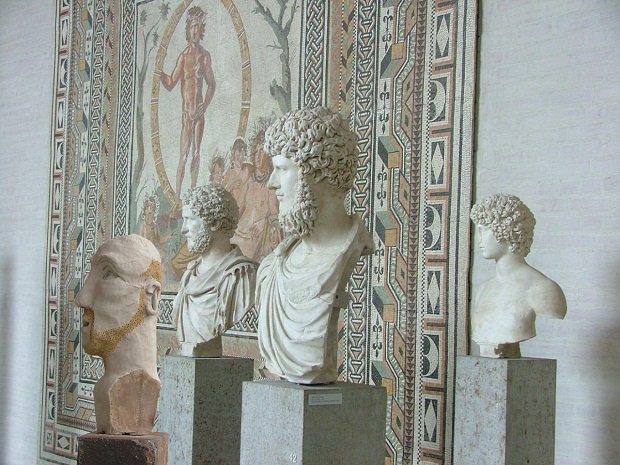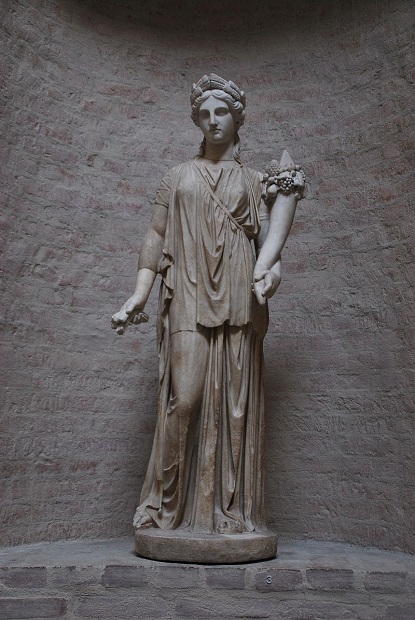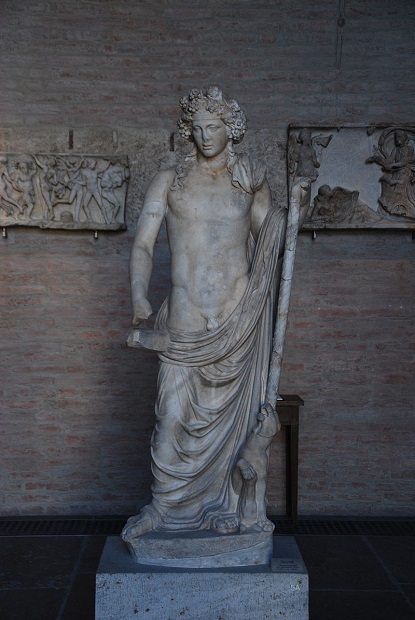Ruhmeshalle
The Ruhmeshalle is one of the main pieces of the large mosaic that made Munich known as the Athens on the Isar in the mid 19th century. Moving west across the neoclassical royal avenue of Brienner Strasse we pass from the Wittelsbacherplatz to the circular Karolinenplatz and its 30 meters obelisk constructed by the melted-down weapons captured from the Turkish army during the Battle of Navarino.
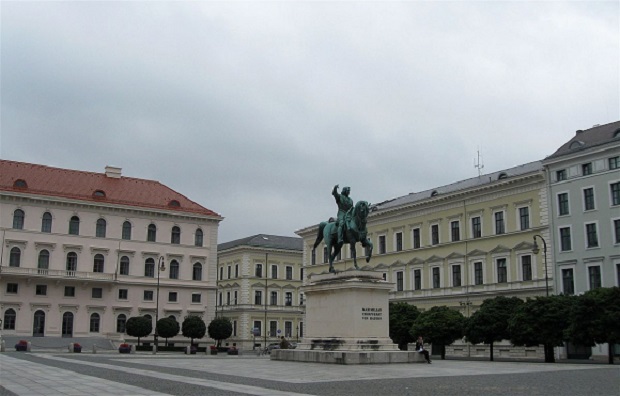
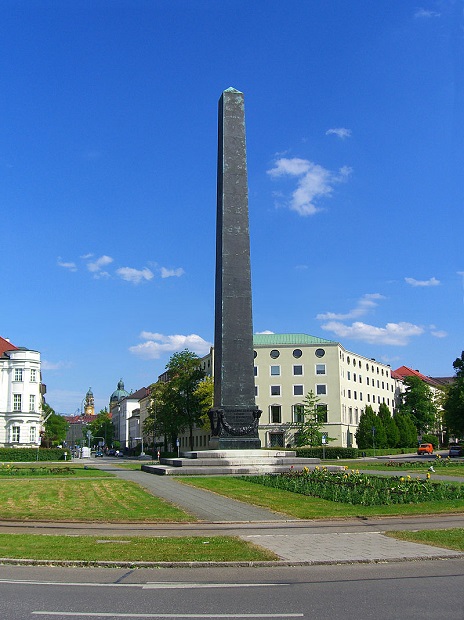
Built by King Ludwig I’s head architect, Leo von Klenze, responsible for the Greek revival projects of Munich such as the neighboring Propyläen and Glyptothek aka Ruhmeshalle, the obelisk is a reminder of the thousands of Bavarian soldiers that fought on the side of the French & lost their lives during Napoleon’s campaign in 1812. Next in line, a few more meters to the west is the aforementioned square, Munich’s own little Athens.


Königsplatz was the materialization of King Ludwig I’s passionate love for ancient Greece which found its perfect instrument in the face of the German Neo-classicist architect, painter, and writer, Leo von Klenze. The Ionic Glyptothek became the first & most important expression of Ludwig’s goal to make Munich, and Athens of the North.
While the front of the Glyptothek is based on Greek temple facades, the interior, with its vaulted ceilings, is reminiscent of Roman baths. There are 14 halls arranged around a large square inner courtyard. Right from the beginning, King Ludwig I’s goal was to acquire only “works of outstanding beauty” and, if needs be, pay dearly for them.
This is why the artistic quality of the collection is beyond compare. Most of the Greek and Roman marble oeuvres in the museum were acquired by Ludwig I on a journey through Italy in the years 1804/05 in which he had been enthralled by ancient art. Even as crown prince, he had already put together an impressive collection of extremely high-quality antiquities, which – just like the building of the Glyptothek – he always paid for out of the privy purse.
Several significant works were added later during his reign as King of Bavaria between 1825 and 1848, a few purchases were finally made in the course of the following twenty years up until the end of his life. The additions since 1868 up until today have been continuous but not excessive.
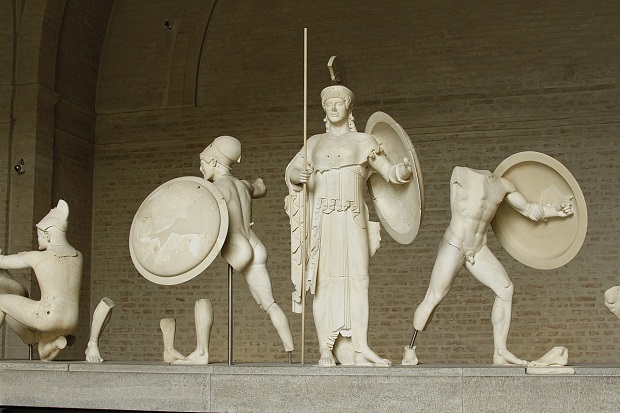
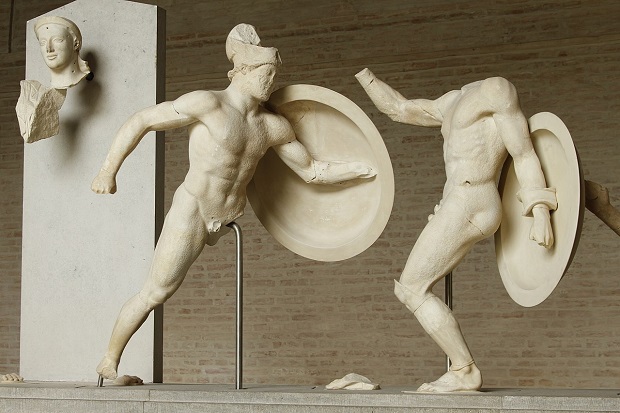
Munich’s oldest public museum is also the only museum in the world that is solely dedicated to ancient sculpture. The period of the antique originals spans from the Archaic period (6th century BC) through the Greek Classical period (5th/4th century BC) and the Hellenistic period (3rd - 1st century BC) right up until the Roman Empire and the Late Antiquity (1st – 5th century AD).
Alongside the sculptures that at one time adorned sanctuaries and public places and buildings or served as funerary monuments, the marble sculptures in the Glyptothek also include numerous portraits of prominent ancient poets, philosophers, and rulers, from Homer to Plato, from Alexander the Great to Augustus and Marcus Aurelius. Together with the State Collections of Antiques (Staatliche Antikensammlungen) on the south side of the Königsplatz, the Glyptothek possesses one of the most important collections of Greek and Roman art in the world.
